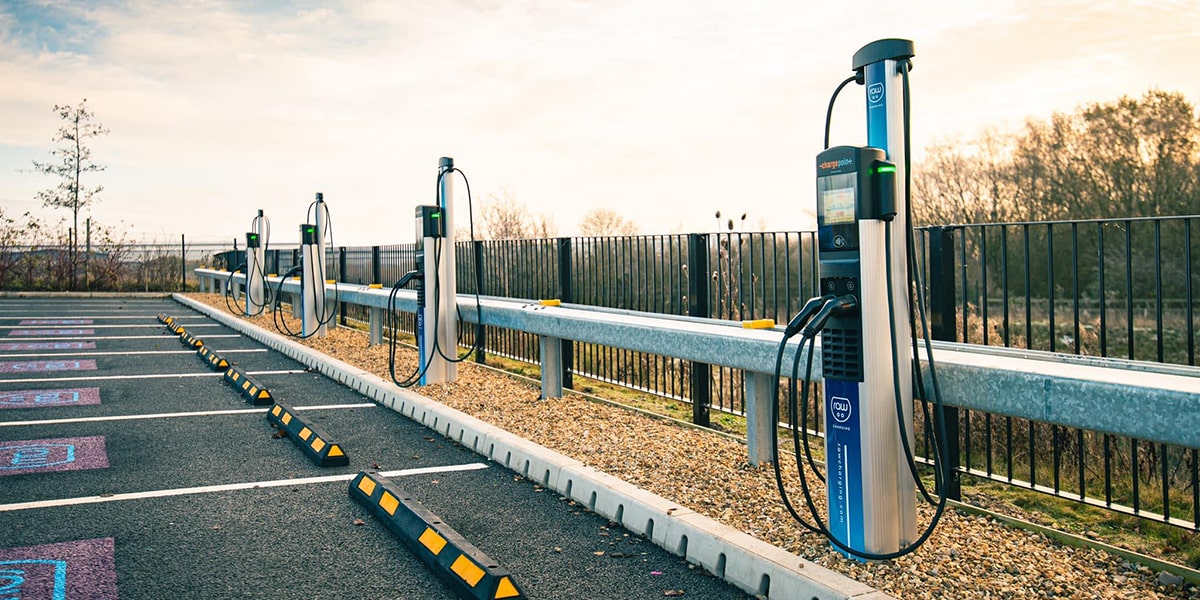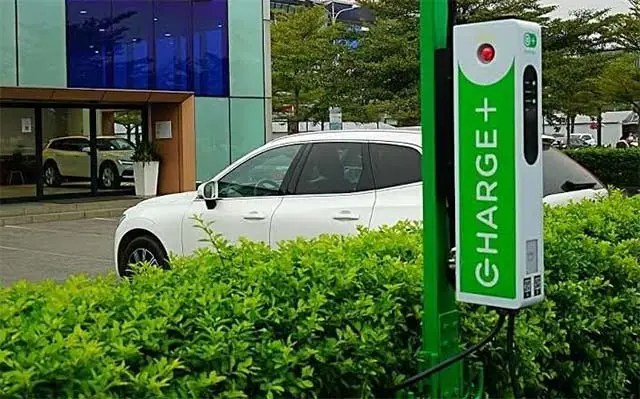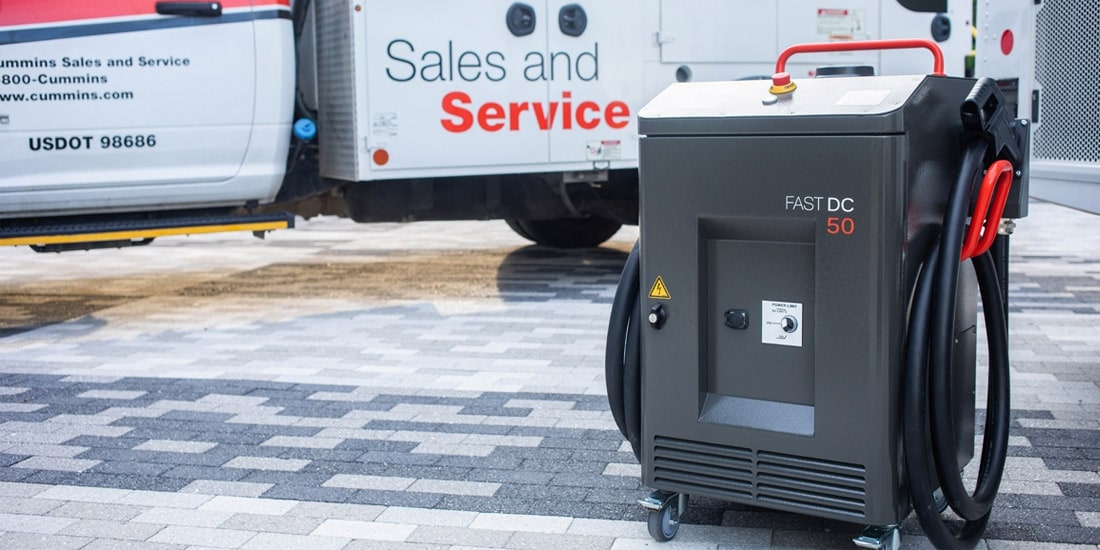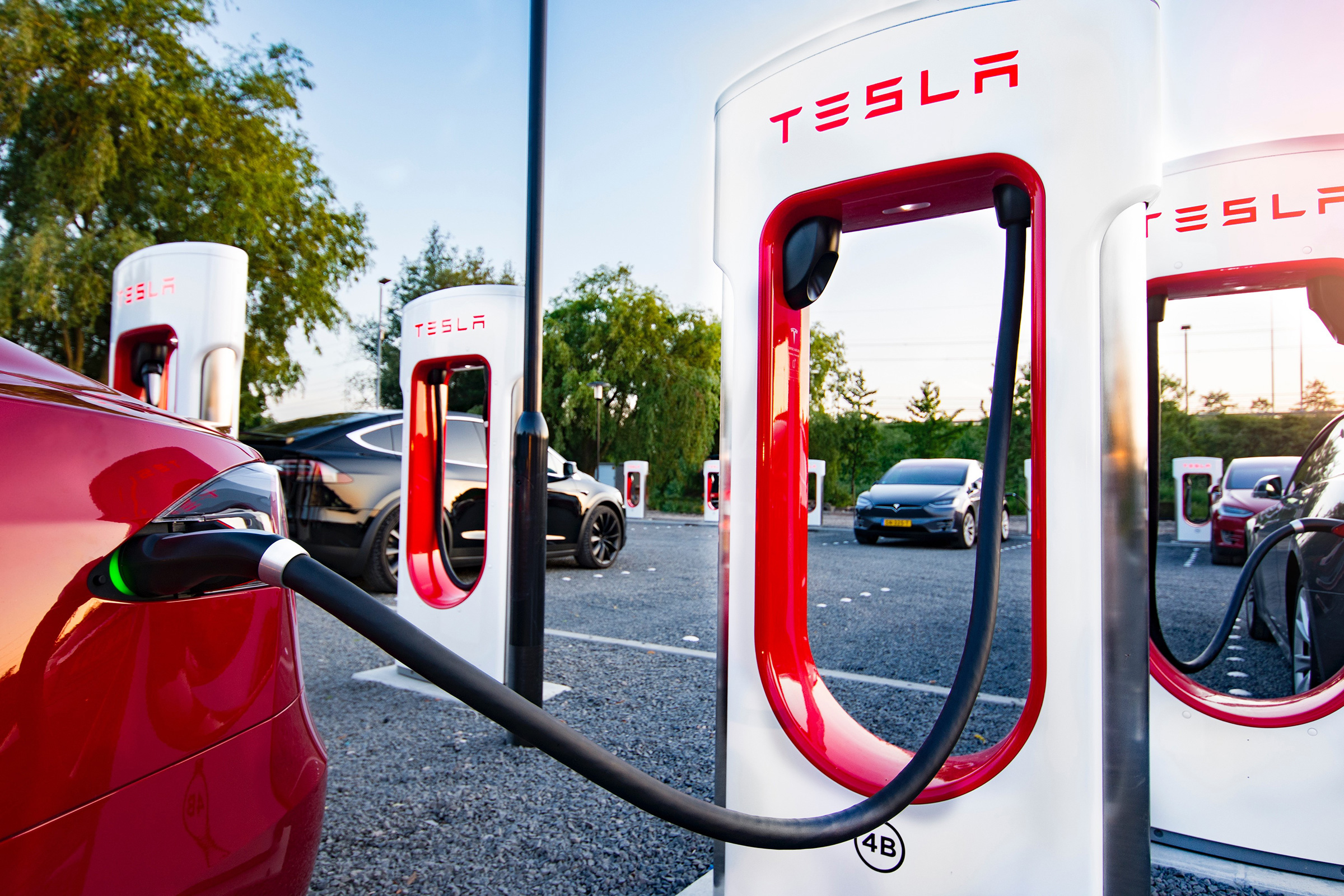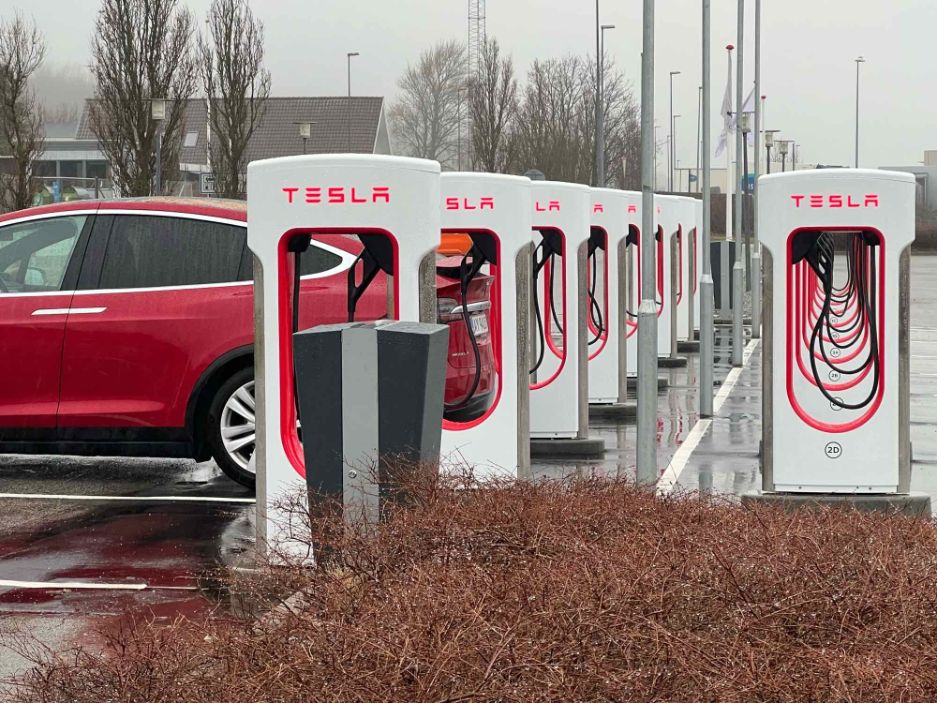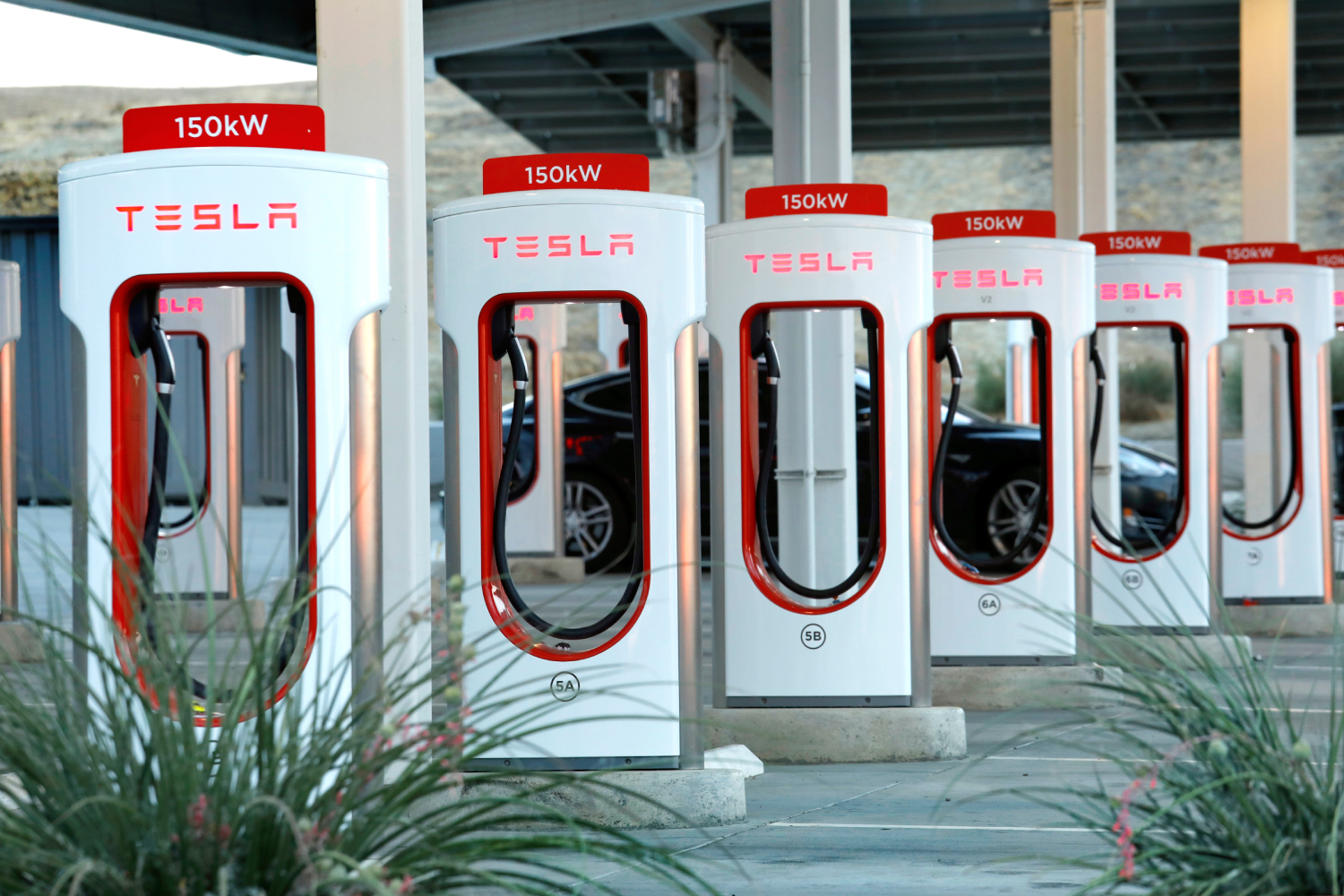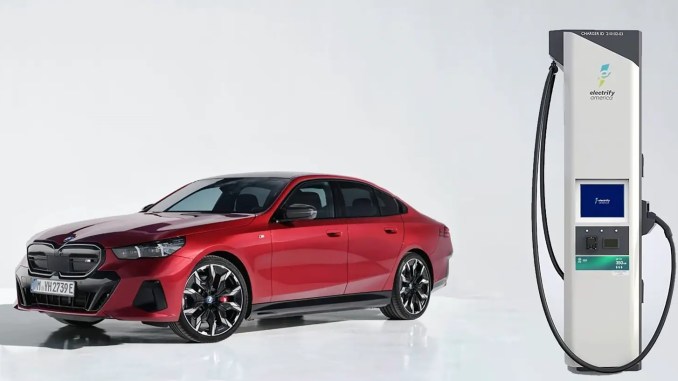As the automotive industry embraces the shift towards electric vehicles (EVs), one glaring issue for Americans remains the network of publicly available charging stations. The scarcity of these stations, coupled with their frequent outages, poses a significant obstacle for EV owners across the country.
According to recent reports from Bloomberg, a staggering 21.4 percent of public chargers in the United States are inoperative, marking an increase from the figures recorded two years ago. In contrast, countries like the United Kingdom experience a much lower downtime rate of just six percent for their charging stations.
The surge in mainstream adoption of EVs, along with government incentives to promote their use, underscores the urgent need for more reliable charging networks. Consequently, the first question that arises is why American charging stations suffer from such frequent failures. One primary reason for this high failure rate is the relative novelty of this technology.
Michael Farkas, the founder of Blink, one of the leading charging companies in the United States, explains, “Everyone’s first-generation equipment was just that – first generation. People didn’t fully comprehend the impact of being exposed to the elements.”
Beyond weather-related challenges, charging stations face additional vulnerabilities due to human interference. Reports indicate instances of theft, where criminals pilfer charging cords to sell the valuable copper, while vandals damage stations for various reasons.
Moreover, the complexity of these machines presents a dual challenge. Not only do they need to withstand the physical rigors of outdoor environments, but operators also require the ability to upgrade them over time, as they are expected to remain in operation for a decade or more.
Nevertheless, Tesla has demonstrated that a large-scale, reliable charging network is attainable, even in the United States. Tesla’s Supercharger stations consistently achieve high customer satisfaction ratings, with users reporting only a three percent downtime.
This success highlights one of the major obstacles faced by other charging networks. While Tesla owns and operates all its Supercharger stations, other companies sell their chargers to parking lot or complex owners, relying on them for maintenance. Unfortunately, this reliance often results in inconsistency. While charging station manufacturers assert that their machines are becoming more reliable, the owners responsible for their operation lack a strong incentive to prioritize maintenance, leading to increased downtime.
The resolution to this challenge remains uncertain, but it is a vital hurdle to overcome. Surveys conducted in China reveal that customers prioritize charging stations based on reliability rather than speed or user-friendliness. In the United States, chargers must operate 97 percent of the time to qualify for federal funding. Consequently, charging station manufacturers face mounting pressure to enhance the reliability of their products.
As the demand for EVs continues to surge, addressing the issue of charging station reliability becomes paramount. Industry stakeholders must collaborate to find sustainable solutions that ensure efficient and dependable charging infrastructure across the country, ultimately bolstering the growth of electric mobility.

